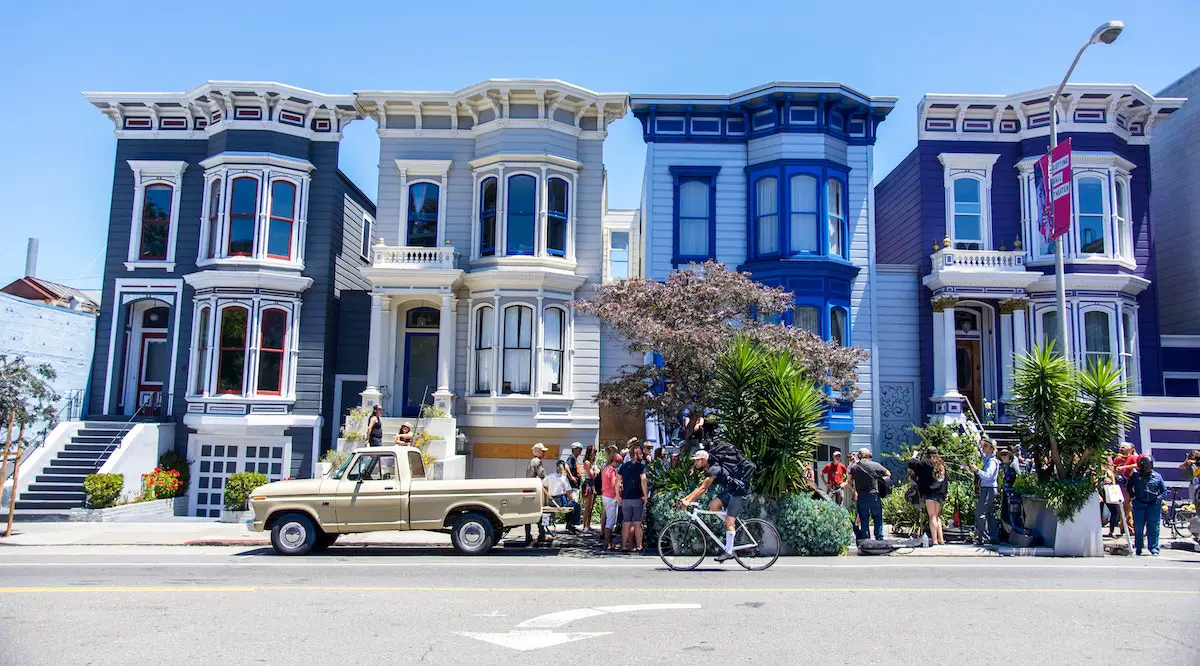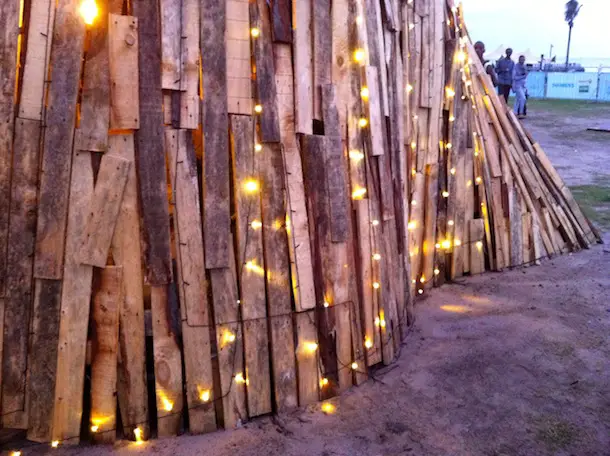Using Empty Buildings in Cities to Teach New Skills to the Long-term Unemployed
Elisicia Moore is the Director of Petit Miracle Interiors – a social business which offers interior design training to those who have experienced homelessness, the long term unemployed and vulnerable women. Petit Miracle was recently shortlisted in 3space‘s High Street Hijack competition for her proposal to open a temporary ‘Design Bank’ in an empty building on one of London’s high streets, so I met up with Elisicia to discuss her idea, getting the long-term unemployed back into work, and introducing variety to London’s high street:
Joe Peach: So what is the idea behind your entry for High Street Hijack?
Elisicia Moore: ‘Design Bank’ is based on the principles of regular banking, but instead of cash, which is so last year, we’re using time and furniture. So people can donate their time and/or furniture and take our workshops, which adds to their time credit bank account. People have the opportunity to participate in workshops, upcycle donated furniture, learn about interior design and furniture restoration, and then purchase the items through their time spent on the programme.
JP: So how does this fit in with your work at Petit Miracles?
EM: With Petit Miracles, we’ve always offered accredited training in interior design, but that can be limiting for some of our demographics. A lot of the people we support haven’t had positive experiences with education, so as soon as they hear ‘accredited learning’ they are a bit nervous about it. We decided to come up with some DIY bootcamp courses which are more practical based, providing skills that can be used right away in their flats, the same day they learn them. It can act as a stepping stone into our accredited learning, for those who want to take it further.
JP: So if you were to win High Street Hijack, you’d be given temporary use of a building in London, and a grant to spend on your project. What plans do you have for the building itself?
EM: It depends on the property, but we have our eye on the Shepherds Bush or Oxford Street sites. What I’d like to do is build a home within the space, and so create false walls and a lounge, with everything that has been donated or upcycled. So it would be an installation. And people could then buy the items we work on, either through their time credits or cash – there would be both a time price and a cash price tag on the times.
JP: Is there a way for the public to get involved?
EM: The workshops are open to everybody, and we give those who take the workshop the opportunity to donate their time credits to someone who is more in need than themselves, should they wish to.
JP: How could your proposal change the High Street you potentially end up being based on?
EM: I think that it’s a completely different offer. Other shops on the High Street, you go in, you browse, you buy or you don’t buy. With our proposal there’s more to your visit. You could be part of a bigger, worthwhile project. You can learn something, donate time, time credits, and then perhaps buy something.
JP: Who are you expecting to get involved in the furniture restoration?
EM: We’re targeting people who have experienced homelessness, the long term unemployed, and vulnerable women, though we also want to engage anybody and everybody! When we say we want to engage the long term unemployed, our main aim is to make sure they have access to the furniture they upcycle, because there isn’t any other option to buy furniture with ‘time credits’.
JP: How could this provide long term benefits for those who are currently unemployed?
EM: I think a 3-4 week pop-up like this would be providing the path to long term benefits. People come in, take a workshop, and it gives them a real achievement which can instil confidence and act as a step towards a longterm outcome.
JP: What else do you have in mind for your High Street Hijack proposal?
EM: We also have two fundraising initiatives, one of which is similar to Book Crossing. Someone a while ago read a book, put a letter in the book and a serial code on the cover, then left it somewhere. Then someone else opened it up, and the letter said ‘I have not been lost, I was meant to be found by you. This is who owned me, this is my serial number’. They had started a database online, in which you could enter your serial code to find out the history before adding your own and losing the book again. So we’re doing something similar with the furniture, we’ll take a picture of what it will look like when they donate it, what it looks like when it’s upcycled, and then whoever buys it can take a picture of it in their flat and upload that. The other idea we have is to build a really large 6 foot by 6 foot frame, and there’ll be a basket of bric a brac and people can buy something to put on the frame, and we’ll spray paint the entire thing metallic gold. This will then act as our shop front, and on the inside, people can write what home means to them. Then we’ll donate it to a housing association at the end of it.
I know it’s a hard fight to win, but we really want to win this. This pop-up could prove the viability of a concept like this on a larger scale, so hopefully this could be a step towards design projects on a much larger scale. We already have a concept in mind for something beyond the Design Bank called Guerilla Decorating. We want to go around to the flats of people who have recently been homeless and do interior design work on them, which I think is a wonderful thing to do for people who have lived on the street. I feel like this is what I’m meant to do, and I really want to win this! I’m really excited about the pop-up and the things it could lead to.
Photo: Dan Thompson


